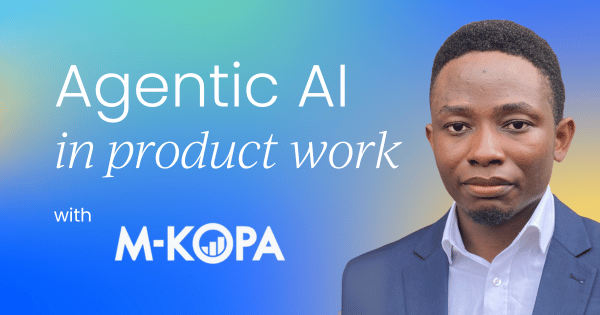AI is transforming how product teams build and ship products, from discovery to delivery and distribution. The shift is monumental; something we haven’t seen in decades.
AI has shifted the dynamic from enabling teams to do the work, to actually doing the job. It has compressed the time and resources you need to move from idea to a working prototype and blurred the lines between roles.
Non-technical people are empowered to build a working prototype without having to write any code. Technical teams are empowered to handle user research, marketing, and sales. Now, you don’t have to be a UI/UX designer to create high-fidelity designs. You can just head over to Google Stitch and prompt your web/mobile app designs into existence.
That’s right, you can create with your words!
A brief history of online platforms
Web 2.0 and cloud computing gave us the tools to create content and build software rapidly. AI systems are creating the content and building the software for us. It's a shift from enablement to execution.
When Instagram was sold for $1billion, it had just 13 employees. With AI, expect that team size to get smaller. What excites me the most is how AI will democratize software development. It will increase the number of people who can build a startup. Only 0.5% of people in the world can code, making it hard for millions of people to build a tech startup.
Prior to this, you’d have to spend months learning how to code or find a technical co-founder. Then spend months to build the solution, launch, get some traction and/or raise money.
Now, learning to code isn't necessary to build a working prototype that can get you user feedback and show buying intent. This evolution puts us right at the center of a seismic shift.
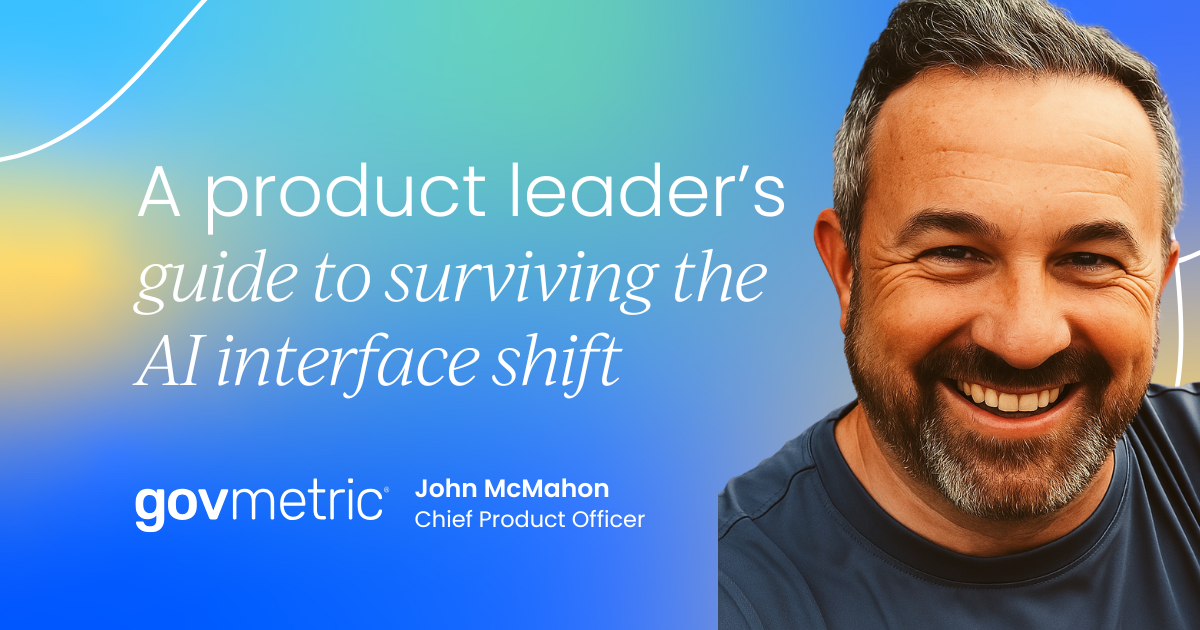
Think about the major shifts we have experienced and the massive opportunities they have created:
1. The web browser (1993–1995):
The launch of the first visual web browsers like Mosaic and Netscape in the early 1990s transformed the internet from a command-line interface used by researchers into a visually navigable experience for everyday users.
This shift gave birth to the modern website, introduced hyperlinking as a standard form of interaction, and kicked off the Web 1.0 era. It was a foundational shift that democratized access to online information and laid the groundwork for every internet-based business that followed.
2. Search engines (1996–2004):
As the web exploded in size, it quickly became too vast to navigate manually.
Search engines emerged to bring order to this chaos, with Google’s PageRank algorithm standing out by ranking content based on relevance and authority. This changed how users found information and how businesses reached audiences.
SEO became core, and content became king. Search didn't just organize the web – it reshaped product discovery, content strategy, and monetization models.
3. Security and payment infrastructure (Late 1990s–2000s):
The rise of secure web protocols like HTTPS, along with the development of payment gateways, SSL certificates, secure logins, and end-to-end encrypted messaging, turned the internet into a trusted environment for commerce.
Amazon, eBay, and PayPal led the charge, but the broader impact was massive – anyone could sell anything online. This shift didn’t just change retail; it redefined customer expectations around convenience, pricing, and fulfillment.
4. APIs and interoperability (2000s onward):
As applications became more complex, the rise of APIs (especially REST and JSON) allowed services to talk to each other.
This shift turned the internet into a composable platform where businesses could plug in payments (PayPal), identity (Auth0), analytics (Segment), and more.
It encouraged modularity and interoperability, allowing small teams to build powerful products by standing on the shoulders of API products.
5. Cloud computing (2006 onward):
Amazon Web Services launched in 2006 and fundamentally changed how software was built and scaled. No longer did companies need to buy physical servers or manage on-premises infrastructure.
With cloud computing, computing power, storage, and security could be rented on demand. This shift enabled startups to launch faster, scale more cheaply, and focus on product innovation rather than infrastructure.
It also introduced new dev paradigms like continuous deployment, microservices, and recurring revenue. Brian Balfour, CEO of Reforge, compared this shift with that of AI in this article.
And now, the generative capabilities of AI are leading us to the next big shift.

From chat interface to agentic workflows
In the last three years, AI has evolved beyond prompting a general-purpose LLM in a chat interface. It’s now embedded in the tools where execution happens.
The next phase is the arrival of agentic workflows that can synchronize multiple processes across a variety of tools and agents. Then, automating end-to-end complex workflows and business logic reduces the number of human interventions needed.
We can go on, and on. But you get the gist – future possibilities are unbounded.
Imagine a workflow like this:
- A customer sends complaints via Freshdesk, the AI agent analyses all customer support requests, and prioritizes them based on severity and impact to customers.
- The AI agent identifies bugs that need to be fixed or features to be built, and automatically creates user story tickets in Jira/Clickup, with well defined if-statements.
- Then the AI agent leverages Copilot in your GitHub with the understanding of your code base, to build the solution, and creates a merge request (MR) that fixes the bug.
- A super AI agent or team member reviews the MR, comments and/or approves, then deploys the fix to production.
Sounds far into the future? Maybe. But, obviously, we are inching closer every day.
Product teams use a wide variety of tools to get their job done. It's not uncommon to find a team using Clickup to create user stories, Notion for documentation, Tability for OKR tracking, Miro for whiteboarding, Hotjar for customer sessions, and so on.
In fact, the $400 billion SaaS industry is built on the fragmentation of each workflow, premised upon the fact that the more specific a tool is to a certain workflow, the better it can enable it. We even have micro-SaaS tools that are hyper-focused on a particular niche.
The downside, however, is that product teams need to jump across multiple toolings to get things done. Without the tools being properly integrated, it poses a major challenge to how AI can execute across multiple tasks.
As of today, AI could enable one step in the process, but it will struggle to enable across multiple workflows or tools. For example, Notion AI could help you generate user stories, based on product requirement documents you have written on a Notion doc, but you’ll need to copy/paste the user story to your backlog tool or to Figma AI to create prototypes.
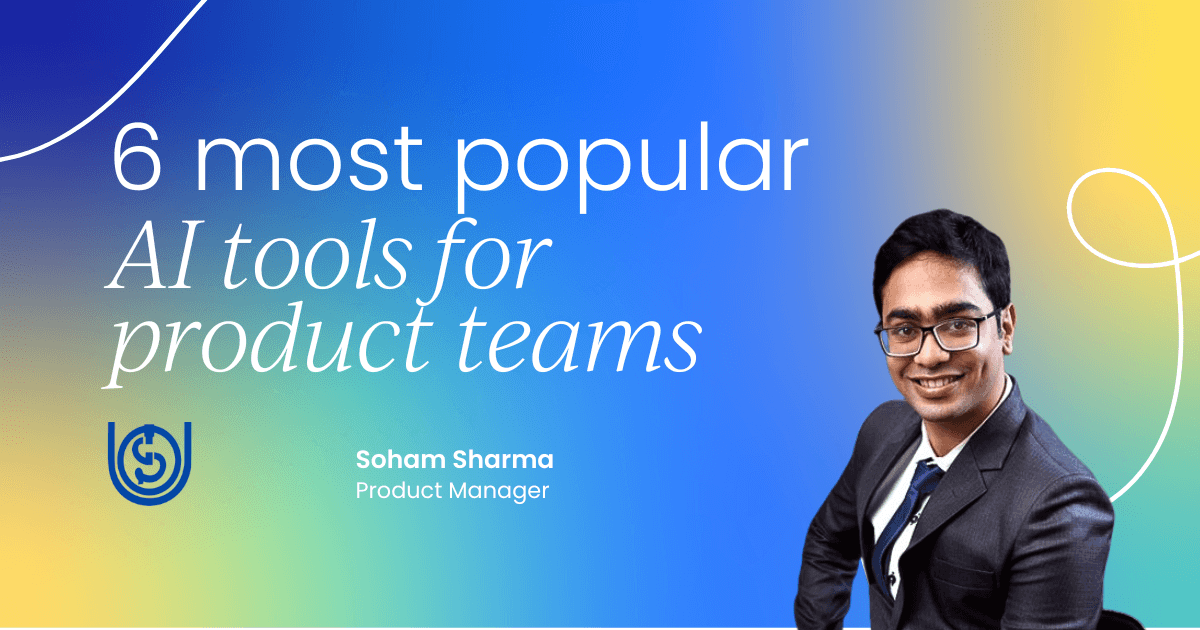
Big techs like Microsoft and Google have an advantage because they have some version for these tools and that makes it easier for them to create an integration layer. That being said, there is a need for non-native integration and orchestration layers to make it easy to build seamless agentic workflows capable of end-to-end ownership.
This is already underway with tools like Microsoft AutoGen.
And recently, Open AI announced that ChatGPT can now connect to internal data sources, marking a key milestone in AI transformation. With this, there is a central interface that connects with multiple data sources and democratizes knowledge and intelligence.
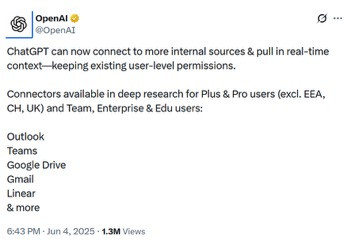
It elevates the capabilities of AI, from a single-channel enablement to multi-layer enablement, ingesting data from multiple tools. With this breakthrough, users can prompt ChatGPT to:
- Analyze customer data from HubSpot,
- Synthesize data with user behavior from Google Analytics,
- Combine that with conversations from Teams/Outlook,
- Pull industry or competitive information from the web, and
- Give you actionable steps to redefine your lead generation strategy.
With Claude and Azure DevOps integration, engineers can directly access and analyze your entire codebase, without having to copy/paste code snippets back and forth. PMs could easily use it to find information in their repo (e.g, what service a business logic or rule lives in) without having to ask the engineers.
Similarly, with Cursor Background Agents, AI systems can solve coding tasks autonomously with minimal or no user supervision. Its integration with Slack makes this even more powerful, similar to Cognitions’ AI coding agent, Devin. Right from Slack, you could fire up Cursor and ask it to fix an issue.
Slack is the center of work tools, with 2600+ integrations, and has access to lots of data, information, and context about your business and workflows. This will usher us into a world where customer feedback can be analyzed, prioritized, fleshed out as a user story by Slack AI, and passed on to Cursor or Devin to create a pull request, while you do a final review, saving you loads of engineering time and product ops resources.
That’s magical! AI is no longer a siloed assistant embedded in a single tool, but a multi-platform enabler. Parallæx properly captures it this way:
“We're witnessing the shift from "AI as product" to "AI as substrate." With benchmarks inching higher, the question currently isn't which model is smartest anymore; it's which one becomes invisible infrastructure that everything else depends on.
“AI is leaving the "magic demo" phase and entering the "plumbing" phase. OpenAI stopped trying to impress and started trying to embed. The most powerful technologies disappear into workflows until removing them feels impossible.
“History repeats: Microsoft didn't win with the best operating system, Amazon didn't win with the best servers. They won by becoming the layer everyone else builds on top of.”
The biggest winner in this AI economy will be the company that can build a non-native substrate layer that will enable multiple AI agents to communicate efficiently and accurately with each other.
Accuracy becomes key to delivering the right outcomes at the end of the workflow.
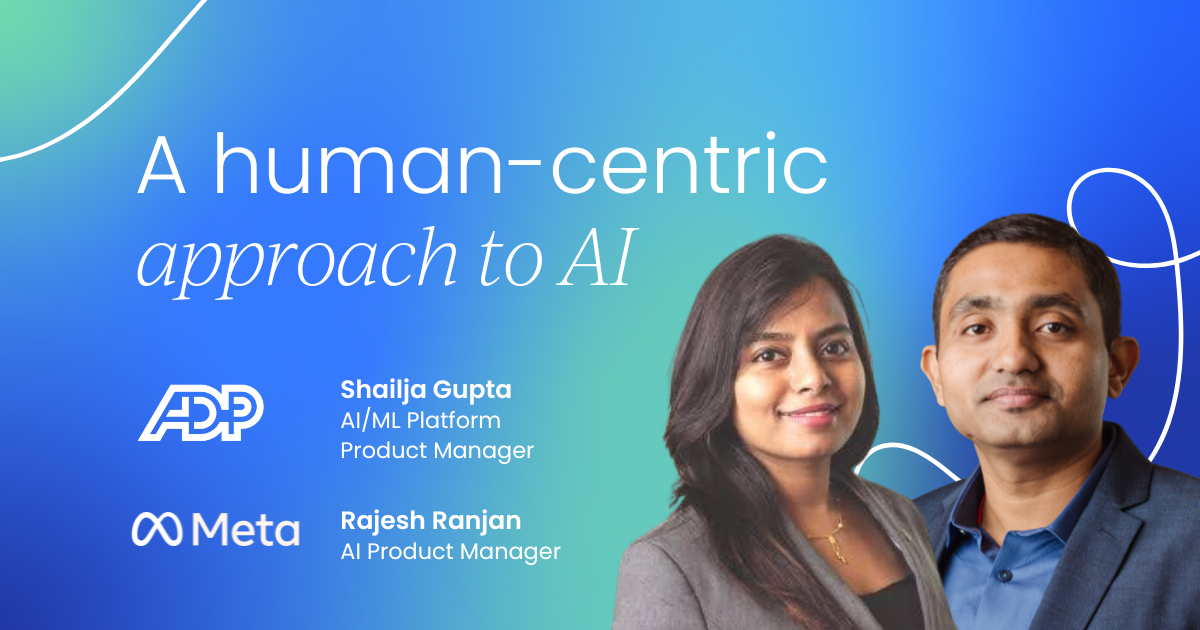
The challenge of multi-layer AI agents
AI struggles when it's left to operate on its own for multiple steps. For example, when you ask an LLM to analyze customer feedback, it might make mistakes or "hallucinate." You have to step in, correct its errors, and prompt it again.
If a series of prompts were chained together automatically, for instance, to create a user story from the feedback, the initial errors would compound exponentially without human intervention. This is why AI systems can fail when multiple fragmented tools are left to act autonomously. Dharmesh Shah, Co-founder of HubSpot, explains it this way:
“Let’s say, on average, for a given problem domain, an LLM will generate a “right-ish” output, on average, 95% of the time…
“Now, let’s say an agent needs to invoke the LLM a dozen times to accomplish a goal. Everything from creating the list of tasks or sub-tasks, generating output for a particular task, tracking progress, etc.
“Now mathematically, if each invocation has just a 95% success rate – or a 5% error rate, the success rate of the final result is 0.95 to the 12th power… which is about 54%.”
This could lead to a similar problem of SaaS proliferation mentioned earlier. To reduce error rate for each invocation, an AI system needs to be able to do a specific job very well, so it doesn’t compound errors for the next sequence.
Given the ease of creating AI agents, there will be an explosion in the volume of AI agents being created, thus creating another set of problems: discoverability, customizability, interoperability, authentication, and authorization.

Discoverability:
As the number of AI agents grows, finding the right agent for a specific task becomes increasingly difficult.
Just like the SaaS sprawl problem, where teams struggle to keep track of all their tools, organizations and individuals may struggle to find, catalog, and surface relevant AI agents. Agent.ai is solving this in a way.
Customizability:
The true value of AI will be its ability to handle deeply complex and nuanced workflows that minimize human intervention. Every business is unique with distinct workflows, and a generic AI solution won’t work.
With Saas, humans decide how, what, or when to use them. With AI agents, its role needs to be adequately defined and also the specific set of parameters it will operate within. That sounds like a lot of work for non-AI native companies.
Therefore, we will see the rise of AI consulting firms (similar to IT consulting) helping organizations build and/or customize AI agents. OpenAI’s $10+ million AI consulting arm is a demonstration that AI models and API access aren’t the problem; instead, firms need help with deployment, integration, and embedding them into complex workflows.
Interoperability:
Most AI agents are built within different ecosystems, using varied APIs, data formats, or task orchestration protocols. Without standardization, these agents will struggle to communicate or pass data between one another reliably.
This lack of interoperability not only creates inefficiencies but also increases the chance of compounded errors when chaining agents together for multi-step workflows. Tools like Mulesoft are solving this.
Authentication and authorization:
As AI agents begin to act on behalf of users or systems, verifying the identity of those agents becomes critical. Without robust authentication mechanisms, malicious or misconfigured agents could impersonate others, trigger unauthorized actions, or access sensitive information.
After authenticating an AI agent, there must be clear controls around what that agent is allowed to do. Fine-grained authorization policies are necessary to ensure agents don’t overstep their bounds, such as editing customer records they shouldn’t access or initiating transactions without human oversight.
Misconfigured permissions can lead to data leaks, compliance violations, or harmful automation loops. Tools like Arcade are solving this problem.

AI limitations are launchpads in disguise
Many people today judge AI capabilities based on what it can do currently, and its limitations e.g. hallucination, bias, compute resource, compounding error, security and so on.
Startup founders and investors think of it the opposite way. They are betting on the promise of AI. And that’s the VCs’ job – to fund the gap between the present and the promise of a technology.
As with every transformative technology wave, AI introduces new capabilities but also surfaces new problems that didn’t exist before.
It’s easy to evaluate AI by focusing on its current limitations. And those are real concerns. But this perspective misses the broader pattern that plays out during every major technology shift.
Where most people see problems, founders and investors see potential. They bet not on what AI can do today, but on what it could do in the future, if its limitations are addressed. The flaws of AI today present a new set of opportunities for AI-native companies to be built to solve them.
This explains why we’re seeing a surge of AI-native startups emerging, focusing on a particular constraint of AI systems:
- AI reasoning infrastructure,
- Agentic orchestration layers,
- Retrieval-augmented generation (RAG),
- Synthetic data generation,
- AI observability tools,
- Privacy-preserving compute layers, and more.
These companies aren’t just applying AI, they’re reshaping the AI landscape itself, brick by brick.
And as they do, they are also cultivating a new breed of talent. Engineers, designers, and product leaders working in these AI-native startups are learning how to think in terms of model behaviors, embeddings, latency trade-offs, prompt robustness, and autonomous workflows.
They are acquiring deep, specialized knowledge that will underpin the next generation of AI capabilities, just as the cloud shift birthed a generation of engineers and DevOps talent.
In short, the limitations of AI are not just obstacles. They’re the roadmap.
Solving these limitations isn’t a side quest – it’s the main story. And in doing so, we are not only pushing the technology forward but also laying the talent and infrastructure foundations for a new era of product innovation.



 Follow us on LinkedIn
Follow us on LinkedIn







